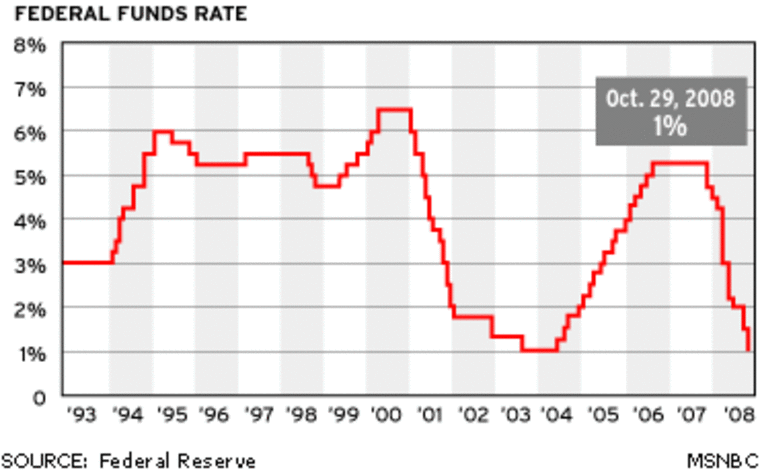There's lots of nonsense in the press about how rate increases will hurt fixed-income investors. But the hikes are a boon.
Reading recent articles on fixed-income strategies for 2004, I was struck by how off-base the advice was. The biggest mistake was to treat fixed-income investors as if they were mainly interested in capital gains, not income. Financial writers think such investors panic at the possibility of a rise in interest rates. I find they have a more nuanced view. The value of their portfolio can be damaged by a rise in rates. But the income is not. And future income, from new cash or from reinvestment of interest payments, is helped by a rise in rates.
Typical nonsense from the shortsighted adviser: It is only a matter of time before the Federal Reserve pushes interest rates back up, and that will be a bad thing for fixed-income types. This ignores an important distinction. What the Fed pushes up is short-term rates. But fixed-income investors are more interested in the 10- to 30-year rates. They are worried about inflation, not about the overnight money rate. A Fed tightening of the money supply, aimed at lessening future inflation, will benefit them.
If you are worried about your long-term fixed-income portfolio, ignore the overnight money rate and look at commodity prices, the consumer price index and manufacturing capacity utilization numbers for a clue as to when inflation may begin to rise. Right now the picture is muddled, with commodities up, the CPI down and manufacturing only beginning to get into gear.
At the moment, real interest rates--yields minus inflation--are fairly low. A ten-year Treasury pays 4% and inflation is 2%, for a 2% real yield. Is this low real rate a boon for fixed-income investors? Quite the opposite. They curse the current low-interest climate in which their good-paying bonds are being called away, forcing them to reinvest at lower rates.
Likewise, advice to buy low-yielding short-maturity notes, with the intent of increasing your flexibility, is foolish. Better to buy long maturities with coupon rates one or two percentage points above the current market rates and with two or three years to the call date. These securities are priced on a yield-to-call basis, with yields that are significantly higher than two- or three-year maturity notes. If interest rates go up, there's a good chance such securities won't be called on their call dates. You then are left in the happy position of receiving the coupon return--and for longer than you expected. In effect, the call provision becomes your hedge against inflation.

Another piece of bum advice is to avoid high-yield bonds and preferreds because this market is too illiquid. Yes, it is for mutual funds buying in multimillion-dollar increments. Smaller increments are more easily traded, if you need to trade.
Then come bond funds. The usual advice is that these are good investment vehicles, since pros manage them and they possess the marketplace heft lacked by small investors. Bond funds do have some virtues. They also have a lot of weaknesses. Take fund fees, which become a real burden when yields drop into the 6% range. Most taxable bond funds charge around 1% of assets. Also, bond funds typically turn their portfolios over once or more each year. This asset-churning results in the greatest losses when rates rise. Not so for the individual who buys a 20-year bond and holds it to maturity. To this investor, the bond is always worth par.
Municipal bonds? To conventional advice-givers, they sound great. Buy a muni bond yielding 3.5% and, assuming a combined state and federal tax rate of 40%, that's equivalent to 5.8% pretax. Think again. Most of the media have still not caught on to the fact that there's a world of preferred stocks and even some common shares yielding 6% to 7% pretax, translating to 5.1% to 5.9% after the new 15% dividend tax rate. Further, the high-yielding common and, to a lesser extent, the preferreds give you better inflation protection than the munis.
My own 35 suggestions in 2003, made throughout the year, were mainly for trust preferreds. Overall you would have gained 10% in price appreciation. The dividend and interest income made that still sweeter. My picks' yields averaged 8.1%.
In price terms, my best pick was Ford Motor Capital Trust II, a convertible preferred, which rose 48% with dividends added in, tracking a recovery-related rally in the common. Others were the trust preferreds of Royal Caribbean Lines, up 31% , and the convertible preferreds of construction materials producer Texas Industries, up 27%. My worst, power producer NorthWestern Corp., was down 45%. It filed for Chapter 11 in September.